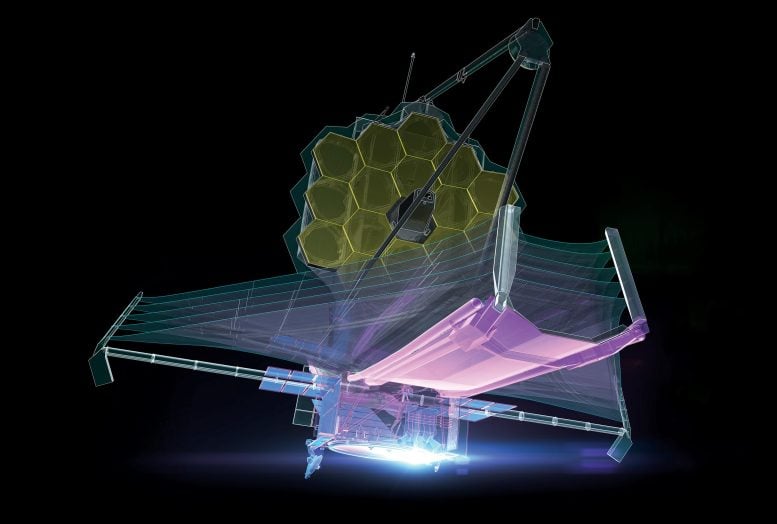
Illustration of the James Webb Space Telescope. Credit: Northrop Grumman
Astronomers reveal a detailed image of Pandora’s Cluster, captured by the James Webb Space Telescope, offering new insight into cosmology and galaxy evolution.
The ancient Greek myth of Pandora, much adapted by different storytellers and cultures, is at its heart a story of human curiosity and uncovering paradigm-shifting knowledge. In modern astronomy, a region of space where multiple galaxy clusters are merging has been named for the myth and become a favorite observational target for its ability to magnify much more distant galaxies behind it through a natural phenomenon called gravitational lensing. Using this trick of nature, astronomers use Pandora’s Cluster (Abell 2744) like a magnifying glass to reveal features in the early universe that would otherwise be impossible to observe even for the most powerful telescopes.
Now a team of astronomers has combined the infrared imaging power of NASA’s James Webb Space Telescope with the lens of Pandora’s Cluster to create a detailed image of 50,000 sources, including some never-before-seen features. Exploration of Pandora’s Cluster with Webb is ongoing, but already there are tantalizing hints of the new understanding of the universe it will uncover.
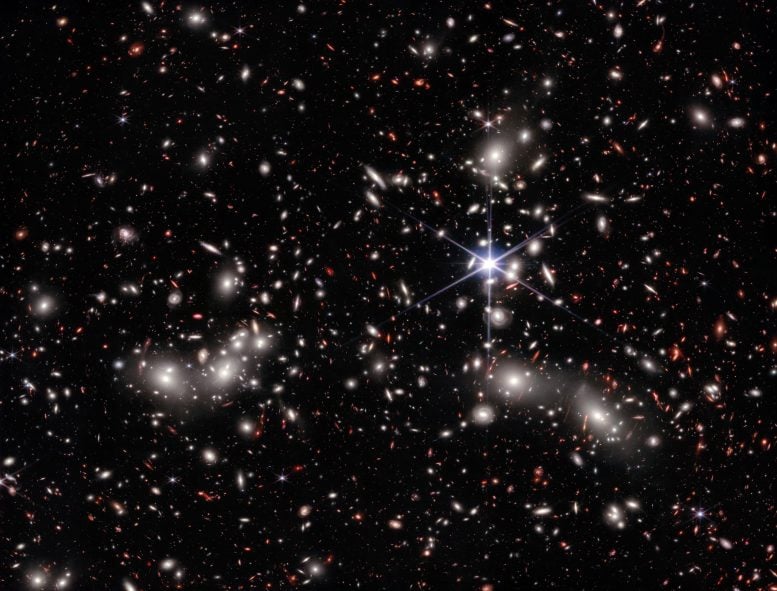
Astronomers estimate 50,000 sources of near-infrared light are represented in this image from NASA’s James Webb Space Telescope. Their light has travelled through varying distances to reach the telescope’s detectors, representing the vastness of space in a single image. A foreground star in our own galaxy, to the right of the image center, displays Webb’s distinctive diffraction spikes. Bright white sources surrounded by a hazy glow are the galaxies of Pandora’s Cluster, a conglomeration of already-massive clusters of galaxies coming together to form a megacluster. The concentration of mass is so great that the fabric of spacetime is warped by gravity, creating an effect that makes the region of special interest to astronomers: a natural, super-magnifying glass called a “gravitational lens” that they can use to see very distant sources of light beyond the cluster that would otherwise be undetectable, even to Webb.
These lensed sources appear red in the image, and often as elongated arcs distorted by the gravitational lens. Many of these are galaxies from the early universe, with their contents magnified and stretched out for astronomers to study. Other red sources in the image have yet to be confirmed by follow-up observations with Webb’s Near-Infrared Spectrograph (NIRSpec) instrument to determine their true nature. One intriguing example is an extremely compact source that appears as a tiny red dot, despite the magnifying effect of the gravitational lens. One possibility is that the dot is a supermassive black hole in the early universe. NIRSpec data will provide both distance measurements and compositional details of selected sources, providing a wealth of previously-inaccessible information about the universe and how it has evolved over time.
Credit: Science: NASA, ESA, CSA, Ivo Labbe (Swinburne), Rachel Bezanson (University of Pittsburgh), Image Processing: Alyssa Pagan (STScI)
NASA’s Webb Space Telescope Uncovers New Details in Pandora’s Cluster
Astronomers have revealed the latest deep field image from NASA’s James Webb Space Telescope, featuring never-before-seen details in a region of space known as Pandora’s Cluster (Abell 2744). Webb’s view displays three clusters of galaxies – already massive – coming together to form a megacluster. The combined mass of the galaxy clusters creates a powerful gravitational lens, a natural magnification effect of gravity, allowing much more distant galaxies in the early universe to be observed by using the cluster like a magnifying glass.
Only Pandora’s central core has previously been studied in detail by NASA’s Hubble Space Telescope. By combining Webb’s powerful infrared instruments with a broad mosaic view of the region’s multiple areas of lensing, astronomers aimed to achieve a balance of breadth and depth that will open up a new frontier in the study of cosmology and galaxy evolution.
“The ancient myth of Pandora is about human curiosity and discoveries that delineate the past from the future, which I think is a fitting connection to the new realms of the universe Webb is opening up, including this deep-field image of Pandora’s Cluster,” said astronomer Rachel Bezanson of the University of Pittsburgh in Pennsylvania, co-principal investigator on the Ultradeep NIRSpec and NIRCam ObserVations before the Epoch of Reionization (UNCOVER) program to study the region.
“When the images of Pandora’s Cluster first came in from Webb, we were honestly a little star-struck,” said Bezanson. “There was so much detail in the foreground cluster and so many distant lensed galaxies, I found myself getting lost in the image. Webb exceeded our expectations.” The new view of Pandora’s Cluster stitches four Webb snapshots together into one panoramic image, displaying roughly 50,000 sources of near-infrared light.
In addition to magnification, gravitational lensing distorts the appearance of distant galaxies, so they look very different than those in the foreground. The galaxy cluster “lens” is so massive that it warps the fabric of space itself, enough for light from distant galaxies that passes through that warped space to also take on a warped appearance.
Astronomer Ivo Labbe of the Swinburne University of Technology in Melbourne, Australia, co-principal investigator on the UNCOVER program, said that in the lensing core to the lower right in the Webb image, which has never been imaged by Hubble, Webb revealed hundreds of distant lensed galaxies that appear like faint arced lines in the image. Zooming in on the region reveals more and more of them.
“Pandora’s Cluster, as imaged by Webb, shows us a stronger, wider, deeper, better lens than we have ever seen before,” Labbe said. “My first reaction to the image was that it was so beautiful, it looked like a galaxy formation simulation. We had to remind ourselves that this was real data, and we are working in a new era of astronomy now.”
The UNCOVER team used Webb’s Near-Infrared Camera (NIRCam) to capture the cluster with exposures lasting 4-6 hours, for a total of about 30 hours of observing time. The next step is to meticulously go through the imaging data and select galaxies for follow-up observation with the Near-Infrared Spectrograph (NIRSpec), which will provide precise distance measurements, along with other detailed information about the lensed galaxies’ compositions, providing new insights into the early era of galaxy assembly and evolution. The UNCOVER team expects to make these NIRSpec observations in the summer of 2023.
In the meantime, all of the NIRCam photometric data has been publicly released so that other astronomers can become familiar with it and plan their own scientific studies with Webb’s rich datasets. “We are committed to helping the astronomy community make the best use of the fantastic resource we have in Webb,” said UNCOVER co-investigator Gabriel Brammer of the Niels Bohr Institute’s Cosmic Dawn Center at the University of Copenhagen. “This is just the beginning of all the amazing Webb science to come.”
The imaging mosaics and catalog of sources on Pandora’s Cluster (Abell 2744) provided by the UNCOVER team combine publicly available Hubble data with Webb photometry from three early observation programs: JWST-GO-2561, JWST-DD-ERS-1324, and JWST-DD-2756.
The James Webb Space Telescope serves as the foremost space science observatory in the world. Tasked with unraveling enigmas within our solar system, examining remote planets around other stars, and investigating the enigmatic formations and beginnings of our universe, Webb helps us understand our role within it. The telescope operates as an international collaboration, spearheaded by NASA and supported by partners such as the European Space Agency (ESA) and the Canadian Space Agency.


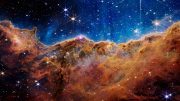
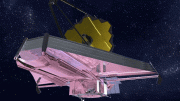
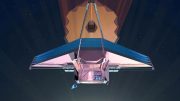
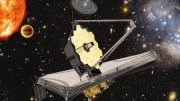
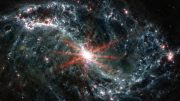
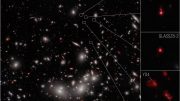
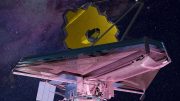
Be the first to comment on "Astronomers “Star Struck” by Webb Space Telescope’s Deep-Field Image of the Pandora’s Cluster"